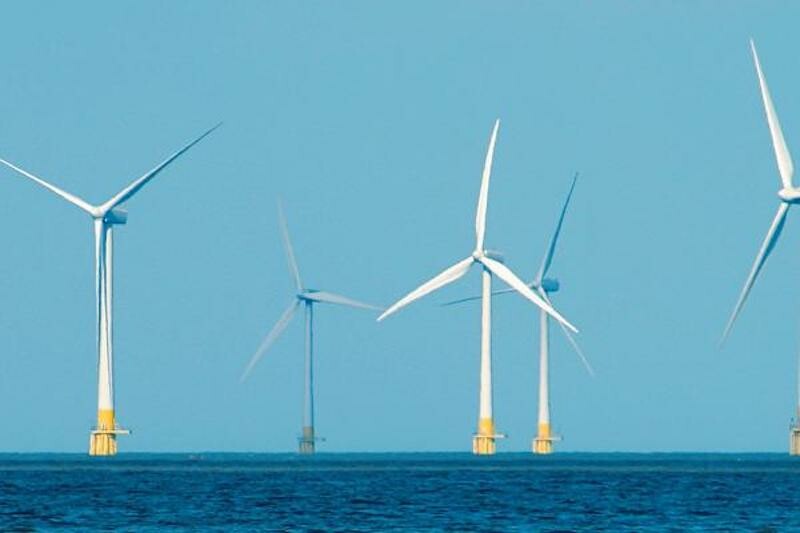A city closely aligned with U.S. offshore oil and gas is going full bore on renewable energy even as deepwater hydrocarbon production is expected to surge.
Emphasizing the urgency to “accelerate the clean energy evolution,” New Orleans claims to be “showing the world how major cities can lead the way in reducing carbon emissions while creating jobs and promoting equity.” To that end, Greater New Orleans Inc. (GNO), the city’s economic development body, has formed separate alliances to advance both offshore wind and green hydrogen energy developments.
The recently formed GNO Wind Alliance, comprising manufacturers, service companies, developers, utility companies, and industry associations, aims to “swiftly materialize a shared vision for alternative energy creation off the coast of Louisiana.” Offshore wind development in the oil-dominant Gulf of Mexico is on the horizon as the Bureau of Ocean Energy Management (BOEM) plans to hold an inaugural lease sale early this year.
H2theFuture was one of 21 projects nationwide that received grants from the U.S. Economic Development Administration (EDA) as part of a $1 billion appropriation from the American Rescue Plan Act. The award will go toward developing “a new energy cluster in South Louisiana, spanning the clean hydrogen life cycle, from R&D at Louisiana universities to an end-use project at the Port of South Louisiana,” said the coalition.
All this comes as Wood Mackenzie sees global deepwater oil and gas production increasing by more than 60% between 2022-2030. Led primarily by Brazil and Guyana, production is predicted to jump from around 10.4 million boe/d in 2022 to 17 million boe/d by the end of the decade.
Closer to home, thanks to no less than three major deepwater fields that delivered first oil last year, the Gulf of Mexico closed out 2022 with production averaging just over 1.8 million bbl/d. Gulf oil production is expected to hover around 2 million bbl/d by 2030, BOEM said.



.JPG.small.400x400.jpg)

